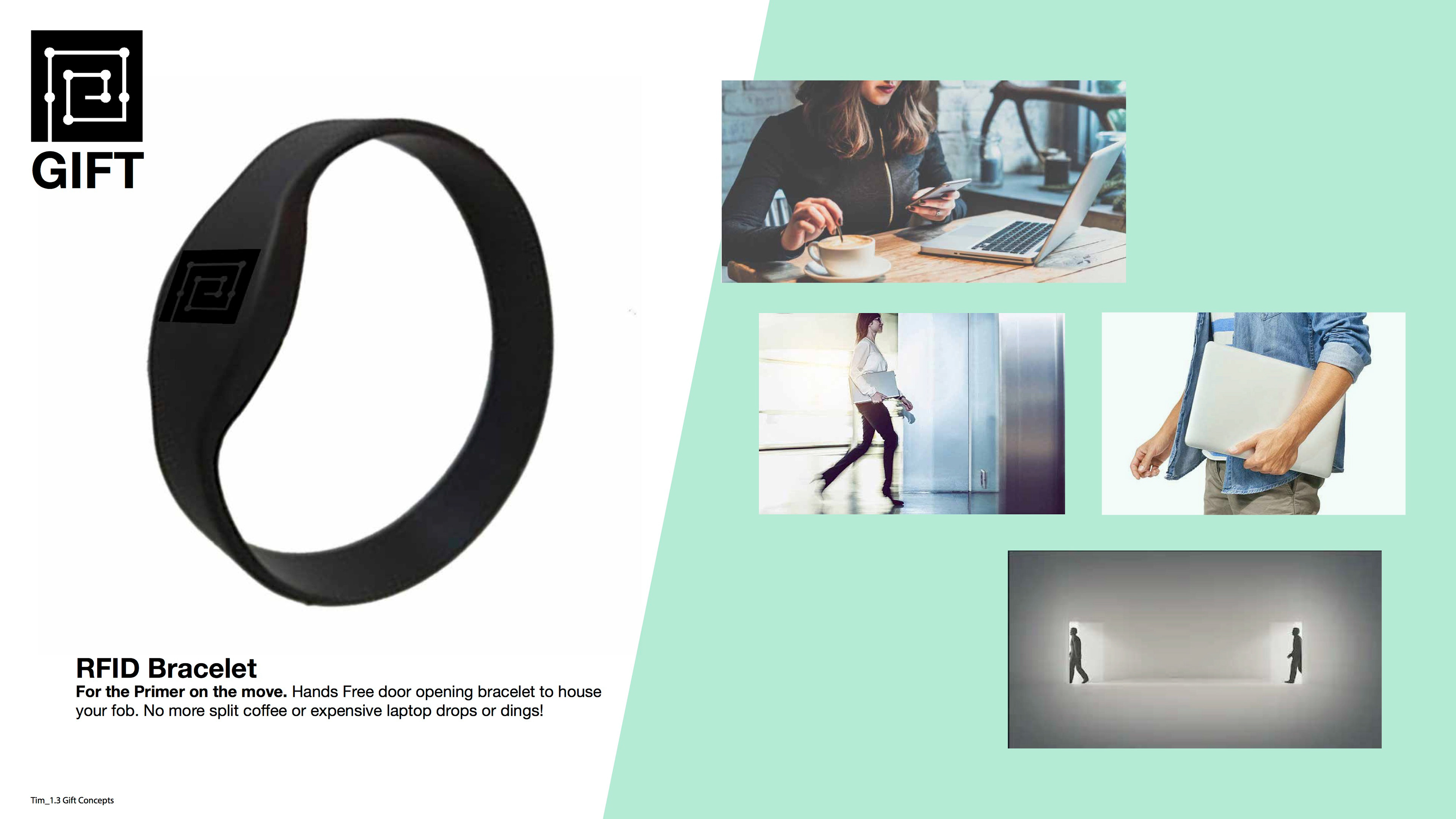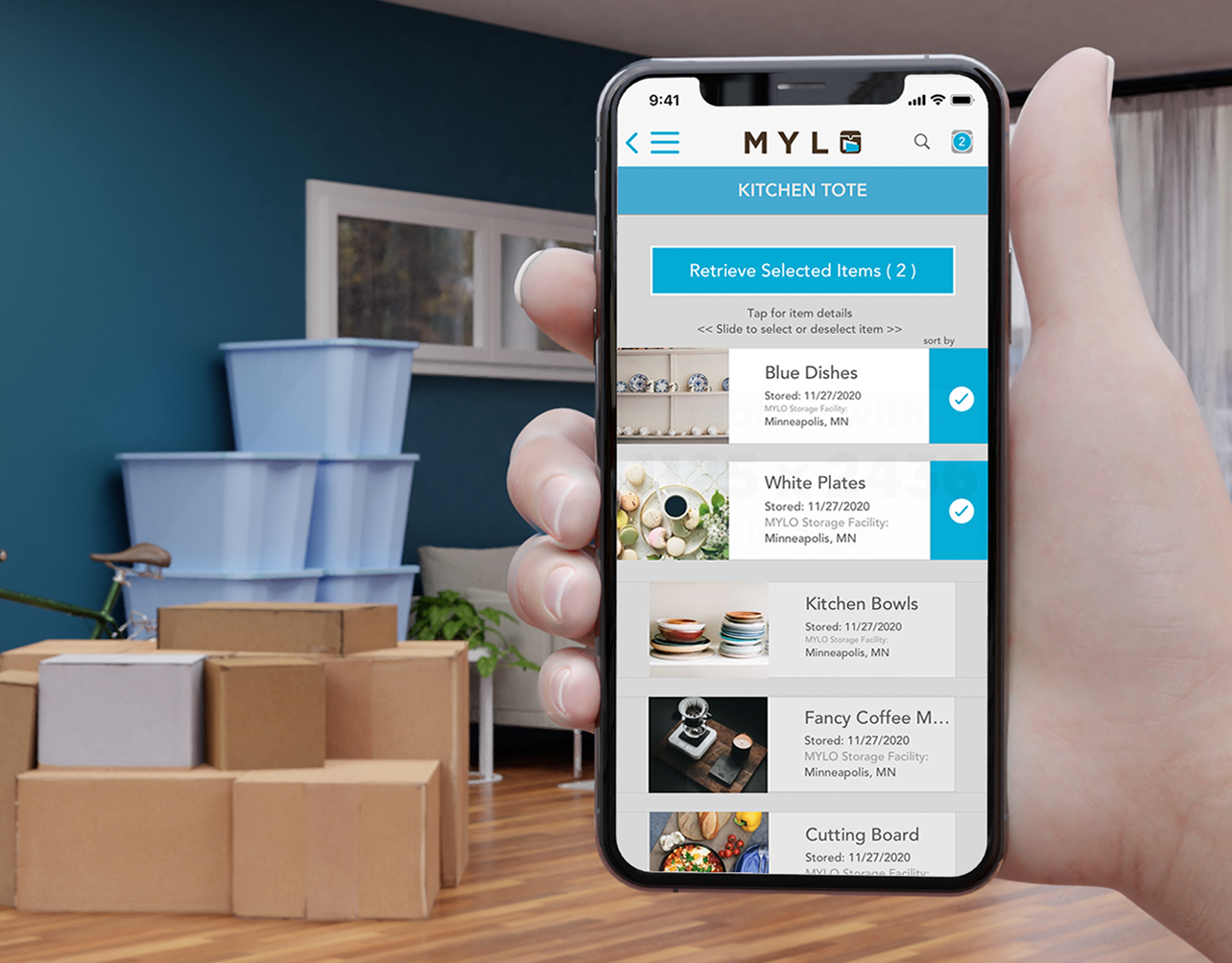Client: Prime Academy
User: Prime Academy Full Stack Development Students
Tools: Sketch, Photoshop, Illustrator, Google Slides
Process & Methodology: Heuristic Analysis with Nielsen’s Guidelines, Ethnographic Design, Physical Prototyping, User Evaluation, AEIOU Framework, Direct Observation, Fly-on-wall Observation
The Challenge
Prime Digital Academy, a full-time tech immersion program, gave us the task of replacing the current gift given to the full-stack engineering students with a gift that would better suit their needs.The Solution
Create a transformable and customizable lanyard and pouch for a key fob that full-stack development students use to enter the classroom and commons area.
My Role
Independently, I created a Heuristic Analysis Report of the previous gift, observed and noted the full-stack student life, and created 2D sketches & a physical prototype for the initial solution. In addition, I wrote an evaluation script for testing and then conducted several evaluation interviews with my prototype.
In a team, I participated in a Heuristic Analysis evaluation using Nielsen’s Guidelines to find ways the original product excelled and fell short. I also participated in a team discussion with a group of full-stack students. The goal of this discussion was to interview, interact, and collect information about the life of the full-stack student.
Featured Solution
Initial Proposed Gift Solution:
RFID Wristband to enable ease & dexterity at doors while transitioning between the commons area and classroom area.
Revised Gift Solution:
Option 1: Keep current cheap and replaceable key fobs and create or find a customizable sleeve that the key fobs live in and can attach to various objects.
Option 2: Provide a transformable lanyard that can convert between a lanyard, wristband, or keychain.

Getting to know the User, the full-stack development student
I started the project by researching the user. In this case, the user was a full-stack development student attending an in-person, boot camp structured learning experience. My goal was to get to know the full-stack students to understand their perspectives and challenges.
I would do this by talking with the students and asking questions like, “What are their interests? What are their experiences? What takes up their time?” I would also observe what they do by noting answers to questions like, “What is classroom life like? Where do they go? What do they interact with?” I would also do background research to find out what other gifts were given to them in the past.
From my research and observation, I discovered that full-stack engineering students balance heavy workloads, are in class 40+ hours a week, and have 10-20 hours of additional weekly homework. Furthermore, I learned that they have made a considerable commitment to this program and are confronting significant life & career changes.
What matters to full-stack students?
Time, Efficiency, & Focus.
Understanding why the original gift fell short
My team and I used heuristic analysis with Nielsen’s Guidelines to discover opportunity areas in the original gift. Then, on my own, I gave each heuristic violation a number indicating the level of severity this violation may have in the use case with the user. Finally, I tallied each opportunity area’s heuristic violations to find the most critical areas to address.
The findings from the heuristic analysis discovered that the original gift fell far short in many categories. It simply did not work well as a water bottle, was not personally adjustable to student needs or tastes, and did not reflect Prime Academy’s foundational belief system. The bottle was neither ideal for cold water nor suited for the full-stack students’ favorite drink: hot coffee. Most importantly, it didn’t support what mattered most to the students: Time, Efficiency, & Focus.
Sketching Concept Solutions
Using the data collected from observation, interaction, and the heuristic analysis findings, I sketched out conceptual gift solutions to meet student needs. Next, I created inspiration boards and used my drafting and photoshop skills to render out high-fidelity concepts (to the right or below). Finally, I presented my new concepts to my peers, and then it was their job to vote for what they believed would be the best solution. The idea that won the vote was the RFID bracelet/key fob replacement.


Engineering a Rapid 3D Prototype
It was now time to bring the 2D concept into 3D reality. To do this, I spent the afternoon at a local maker space to rapidly build and prototype the concept. This step aimed to make a proof of concept model I could later share with students in a User Evaluation Interview.
The goal for this prototype RFID wristband was to help the full-stack student save time and help them efficiently travel between locations. It would aim to alleviate the time, focus, and stress wasted when a student accidentally misplaced their key fob. This RFID wristband would allow ease of movement throughout the campus while avoiding what I like to call the “Key Fob Fumble,” a dance I observed many students do outside the doors as they searched for their key fob with their hands full.
Prototype Goals:
- Support Time, Efficiency, & Focus
- Eliminate Key-fob fumble
- Avoid Accidents
- Add Greater Dexterity
Testing the Prototype with User Evaluation Interviews
The goal for prototype testing was to find out if the data collected had correctly led to an ideal gift for the full-stack students. I drafted an evaluation plan and then interviewed several full-stack students. Each interview was recorded and lasted about 10-minutes.
After the interviews, I went over the responses and found the following 3 Main Takeaways:
- 100% of people liked the idea
- Only ⅓ people would want to wear it
- Everyone has individual style opinions
Evaluation Conclusions and Next Steps
The user evaluation interviews and the three main takeaways led me to understand that my proposed concept was well-liked but likely would only be used by some students due to its styling and form. The students wanted opinions about how it looked and how it could be worn or attached. Based on this feedback, I suggested the following options & revisions during the next round of prototyping for the key fob bracelet.
Option 1: Keep current cheap and replaceable key fobs and create or find a customizable sleeve that the key fobs live in and can attach to various objects.
Option 2: Provide a transformable lanyard for a key fob that can convert between a lanyard, wristband, or keychain.
Option 2: Provide a transformable lanyard for a key fob that can convert between a lanyard, wristband, or keychain.
Project Reflection
I found this project very exciting on several levels. First, it brought together my interest in learning about other people’s experiences and my interest in creativity by designing and building prototype solutions. Second, I enjoyed being a detective to discover what the full-stack students were experiencing and enjoyed trying to create a solution that might help them achieve their goals with greater efficiency & less stress.





